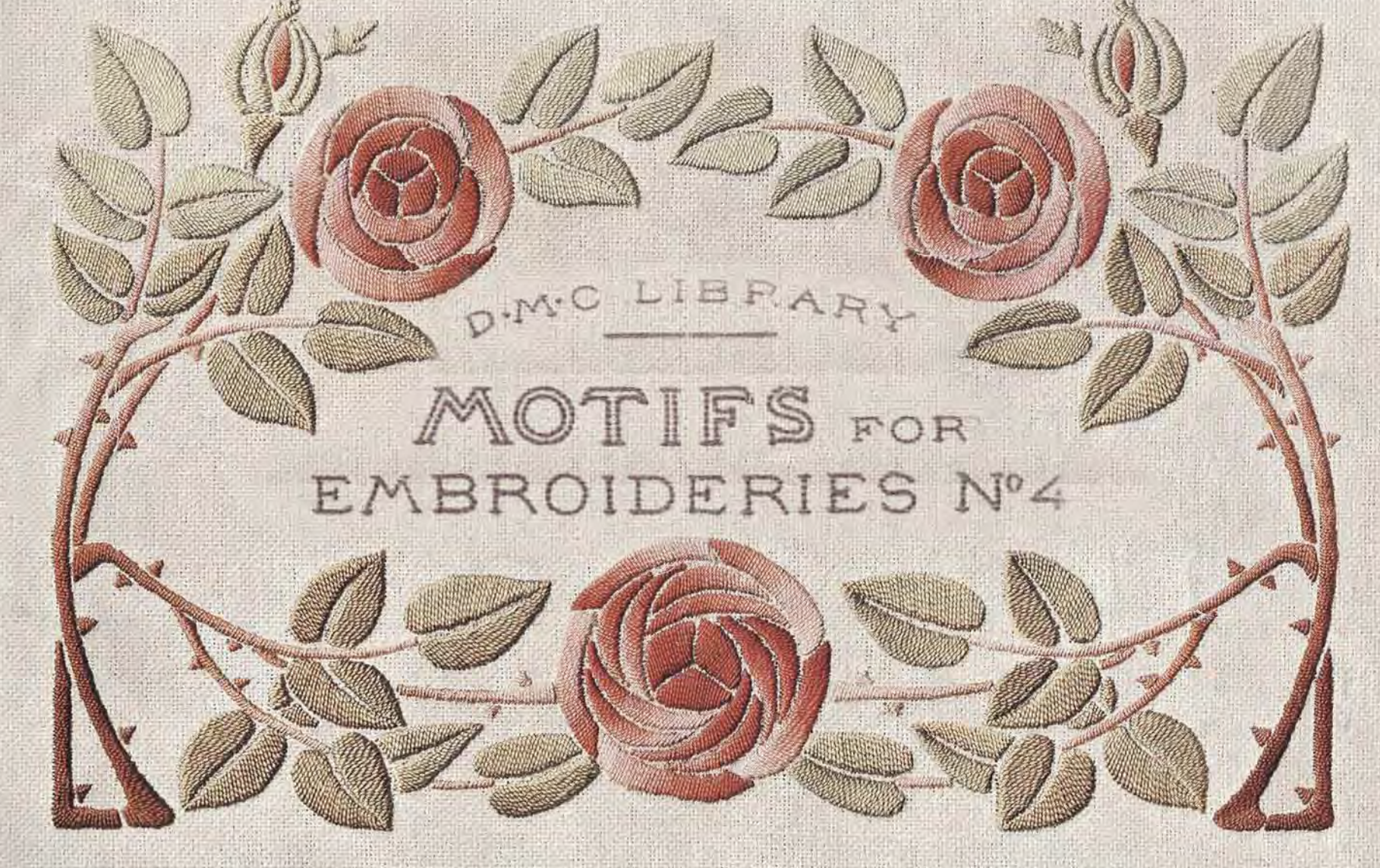Cutwork borders – a tutorial and a freebie!
One of the features in my first few designs is the option to make cutwork borders as part of the embroidery process, creating a neatly finished edge like you find in hand sewn and manufactured goods. Since this may not be familiar to many of you, I wanted to post a quick tutorial as well as a freebie so you can try it out at home.
Whenever possible, I use natural fiber fabrics as my base for embroidery. Fine fabrics such as lightweight lawn and batiste are suitable for cutwork borders, but anything extremely sheer and delicate may not have enough body to support the cut edge once the stabilizer is rinsed away. If you wish to use a very sheer fabric, I recommend that you experiment with a combination of stabilizers, possibly using a tear away under the cutwork edge for additional support even if you use wash away stabilizer for the rest of the design.
For cutwork borders I use matching thread on top and in the bobbin, rather than a different bobbin thread. This creates a smooth finished edge for the fabric. I typically use DMC 50 weight cotton machine embroidery thread, and sometimes an 80 weight thread like Madeira Cotona for delicate fabrics.
1. Lightly starch and iron your fabric before beginning.
2. If making continuous cutwork borders, mark a line for your finished edge with a pencil, wash away pen, or by drawing a single thread. This will be where the deepest part of the scallop touches the edge. You may also wish to mark a second line marking the highest point of the scallops, where the design repeats match up.
3. Layer the fabric on top of 1-2 layers of wash-away stabilizer. If desired, use a temporary spray adhesive to hold the layers together while hooping. Hoop with the fabric layer on top.
4. Stitch Color 1, which forms a cutting line in running stitch, just inside the finished edge of the design.
5. Remove hoop from the machine, but DO NOT remove the fabric from the hoop.
6. Carefully trim away the fabric below the stitched line, cutting as close as possible to the stitching without cutting any threads. Be careful not to stretch or shift the fabric while trimming. I also trim away the loose fabric so it can’t get caught in the stitching later. Do not cut into the layer of stabilizer.
7. Replace the hoop in the machine, and continue stitching the remaining colors of the design. Color 2 will zigzag over the cut edge of the fabric, then cover it in satin stitches. When the stabilizer is washed away, this will be the finished edge of the fabric. If you notice you have a lot of whiskers showing after the zigzag stitches, you can stop the machine and trim them away before you stitch the satin stitches. Most of the time they won’t be noticeable in the finished project.
Here are the front and back views of the finished stitching for the cutwork border. The back stitches don’t look as smooth as the top stitches, but when stitched in matching thread they won’t be noticeably different looking if the edge gets flipped up during use.
Just think of all the things you can do with pretty scalloped cutwork borders. Here is my Pinterest board with a few ideas to get you started.
Want to try it out? Join our mailing list below and get access to FREE designs just for subscribers.








 Previous Post
Previous Post Next Post
Next Post

Thank you for another beautiful yet astoundingly free embroidery design.
thankyou for the tutorial x freebie i have never tried cutwork before this will make me try it !
I have INSPIRA CUTWORK NEEDLES. Will they work for this design? Will I be prompted to change the needles at the proper time.
Hi Nancy, this file was not designed for the cutwork needles. They are angled and usually need to use different needles in the pack to cut along the line. They also cut through the stabilizer and you need to add more beneath the design when stitching the scallops. My design just has you stop the machine and trim with scissors, leaving the stabilizer in one piece. You could try the needles and see how it goes, but I can’t guarantee they will work.